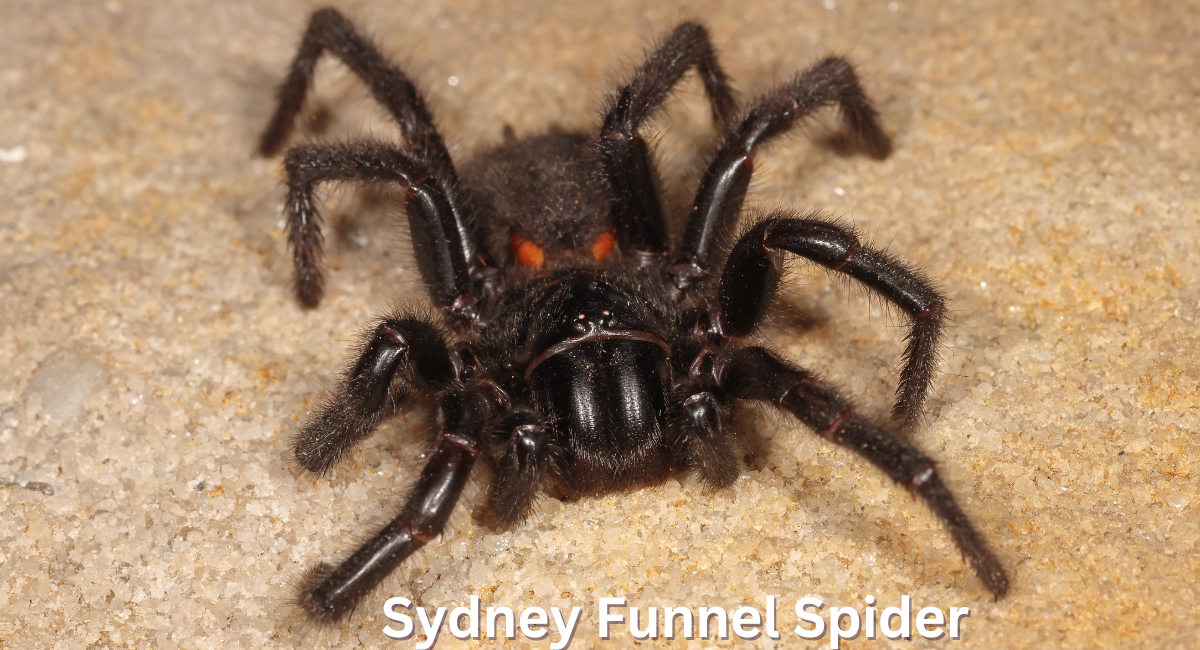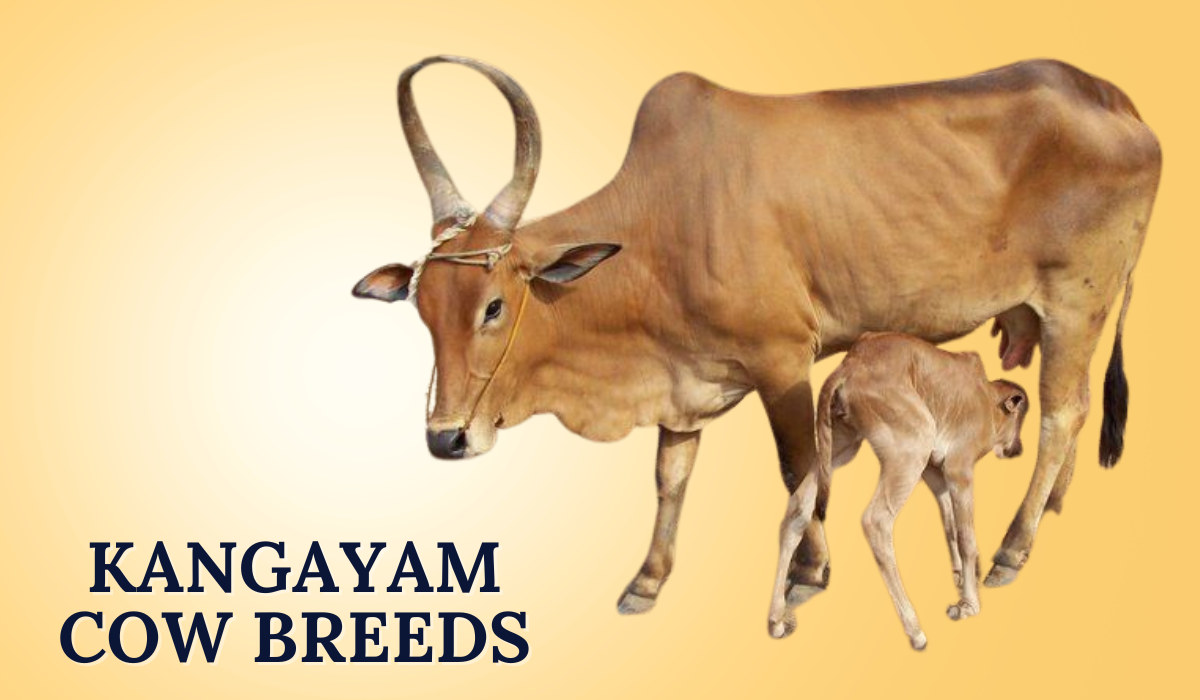The Sydney Funnel-Web spider (Atrax robustus) is one of Australia’s most well-known arachnids, renowned for its distinctive appearance and potent venom. Native to the Sydney region, these spiders are often found in and around urban areas, making them a common sight for residents. The Sydney Funnel-Web spider is easily recognizable due to its large, shiny black body and long, hairy legs. They construct unique funnel-shaped webs in sheltered spots, such as under rocks, logs, or within the crevices of gardens and landscaping. These webs serve as both a hunting ground and a protective retreat, allowing the spiders to ambush unsuspecting prey while remaining concealed from potential predators.
In addition to their striking physical features, the Sydney Funnel-Web spider plays a significant ecological role in its environment. As effective predators, they help control insect populations, contributing to the balance of the ecosystem. Their potent venom, while dangerous to humans, is primarily used to subdue prey and defend against threats. Understanding the behavior and ecological significance of the Sydney Funnel-Web spider not only fosters greater appreciation for this fascinating species but also highlights the importance of coexisting with these remarkable arachnids in urban landscapes. Through education and awareness, we can mitigate fear and promote a deeper understanding of their role in our environment.
Habitat and Distribution
The Sydney Funnel-Web spider (Atrax robustus) is predominantly found in the lush, temperate forests of the Sydney region in Australia. This species thrives in environments characterized by moist soil and abundant vegetation, where it can construct its distinctive funnel-shaped webs. The spider’s habitat includes areas near creeks, gardens, and bushlands. These locations keep it close to its prey, mainly insects. Urban development has increased Sydney Funnel-Web spider sightings in suburban gardens and parks. This shift highlights their adaptability to human-altered environments. Understanding their habitat preferences is crucial for conservation, especially as urbanization encroaches on their natural spaces.
When studying the Sydney Funnel-Web spider’s habitat, considering the broader ecological context is essential. The region is also home to other dangerous creatures, including the deadliest snakes in the world. These snakes often share similar environments, contributing to the area’s biodiversity. Both species coexist, emphasizing the delicate balance of ecosystems. Their presence highlights the need for awareness and education about Australia’s unique wildlife. By respecting and preserving these predators, we ensure their survival in their natural habitats.
Venom and Human Interaction
One of the most deadliest spiders in the world, which is considered one of the most toxic of any spider species. The venom contains a complex mixture of neurotoxins that can be deadly to humans if not treated promptly. Antivenom development in the late 1980s significantly reduced the fatality rate associated with bites Despite their fearsome reputation, bites from Sydney Funnel-Web spiders are relatively rare, as they are generally not aggressive towards humans. Most bites occur when individuals inadvertently disturb the spider or its web. Education and awareness are crucial for minimizing encounters and ensuring safety.
Behavior and Diet
The behavior and diet of the Sydney Funnel spider (Atrax robustus) reveal fascinating insights into its survival strategies and ecological role. These spiders are primarily nocturnal hunters, actively seeking food during the night when their prey is most vulnerable. They exhibit a unique hunting technique characterized by their signature funnel-shaped webs, which they construct in sheltered locations such as beneath rocks, in tree roots, or even in garden areas. The web serves as both a trap and a protective home, allowing the Sydney Funnel spider to ambush unsuspecting insects that venture too close. Once prey is ensnared, the spider quickly injects venom, immobilizing the victim before consuming it. This efficient hunting method not only showcases their adaptability but also highlights their importance in regulating insect populations in their habitat.
In terms of diet, the Sydney Funnel spider primarily feeds on a variety of insects, including beetles, crickets, and other small arthropods. Occasionally, they may capture small vertebrates, such as frogs or lizards, showcasing their opportunistic feeding behavior. This diverse diet plays a crucial role in the ecosystem, helping to maintain balance by controlling insect populations that could otherwise become pests. By effectively preying on these creatures, the Sydney Funnel spider contributes to the overall health of its environment. Understanding the behavior and diet of this spider is essential not only for appreciating its ecological significance but also for fostering coexistence with this remarkable species.
Lifespan and Reproduction
The lifespan and reproduction of the Sydney Funnel spider (Atrax robustus) are critical aspects of its biology that significantly contribute to its population dynamics and ecological role. Females of this species are known for their impressive longevity, often living up to 20 years in the wild. This extended lifespan allows female Sydney Funnel spiders ample time to reproduce and care for their offspring. After mating, which typically occurs in the warmer months, a female can produce up to 100 eggs. She displays maternal instincts by guarding the egg sac until the spiderlings emerge. This level of parental investment enhances the survival chances of the young, ensuring that the next generation has a strong start in life.
In contrast, male Sydney Funnel spiders have a much shorter lifespan, generally living only a few years. Their primary focus during this time is to find a mate and reproduce before their lives come to an end. Males are known to venture out in search of females, often engaging in competitive displays to attract mates. Once mating occurs, their role in reproduction is complete, and they do not provide any further care for the offspring. This stark difference in reproductive strategies between males and females underscores the importance of the female’s long lifespan in maintaining the stability of the population, as she can produce multiple broods throughout her life, thereby playing a vital role in the ongoing survival of the Sydney Funnel spider species.
Conservation and Importance
The conservation of the Sydney Funnel spider is crucial for biodiversity and ecological balance. This spider, known for its funnel-shaped webs and potent venom, helps control insect populations. By doing so, it prevents outbreaks that could harm local flora and fauna. As urban development encroaches on natural habitats, protecting the Sydney Funnel spider becomes increasingly important. Educating the public about its ecological significance fosters appreciation. This, in turn, encourages conservation efforts for both the spider and its habitat.
Moreover, the Sydney Funnel spider serves as an indicator species, reflecting ecosystem health. Researchers study its behavior and population dynamics to understand environmental changes. These include habitat loss and climate change. Prioritizing its conservation helps protect this arachnid and supports overall ecosystem health. Collaborative efforts from communities, government agencies, and environmental organizations can enhance awareness. They also promote responsible practices. By working together, future generations can coexist with this creature and benefit from its ecological contributions.
Conclusion
The Sydney Funnel-Web spider is a remarkable species with unique characteristics that intrigue both scientists and the general public. While their venomous nature may instill fear, these spiders play a crucial role in the ecosystem. By educating ourselves about their behavior, habitat, and ecological significance, we can foster a greater appreciation for these fascinating arachnids. Awareness and conservation efforts will ensure that future generations can continue to coexist with the Sydney Funnel-Web spider, one of nature’s most fascinating creatures.



